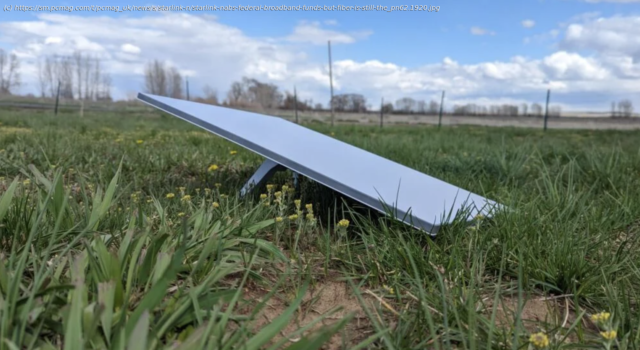Despite an overhaul to the BEAD program, Virginia will use most of its funds for fiber installations, not satellite. In the coming week, we’ll find out if other states follow suit.
Back in June, the Trump administration overhauled a $42.5 billion federal fund for high-speed internet, opening the door for satellite providers, such as SpaceX’s Starlink, to potentially receive a larger slice of the pie. Now the changes are starting to play out in Virginia, where Starlink and Amazon’s rival Project Kuiper have been bidding for the funding.
This week, Virginia announced the winners of $613 million from the US’s Broadband Equity, Access, and Deployment program (BEAD). But in a surprise, the state awarded most of its funding, at around 80%, to fiber internet installations, rather than satellite internet providers.
According to a budget document, Virginia only plans on using $7.7 million to provide satellite connections to 12,000+ underserved locations in the state, out of a total of 133,000. Starlink gets just under $3.3 million to serve 5,579 locations (about $584 per site), and Amazon’s Project Kuiper gets $4.4 million for about 7,000 locations (about $641 per BEAD site).
to hire SpaceX’s Starlink ($3.2 million) and Amazon’s Project Kuiper to deliver internet to over 12,000 underserved locations in the state — out of a total of 133,000. That’s a relatively small share, despite the Commerce Department revising the BEAD program to adopt “technology neutrality,” and place satellite technology on a level playing field with fiber installations.
The Benton Institute for Broadband and Society, a group focused on expanding affordable high-speed internet, has criticized the BEAD changes as bad for consumers. That’s because fiber internet, although more expensive to install, can deliver gigabit speeds. In contrast, Starlink delivers slower broadband while also facing capacity constraints if a surrounding area becomes over-subscribed.
Домой
United States
USA — software Starlink Nabs Federal Broadband Funds, But Fiber Is Still the Big Winner






